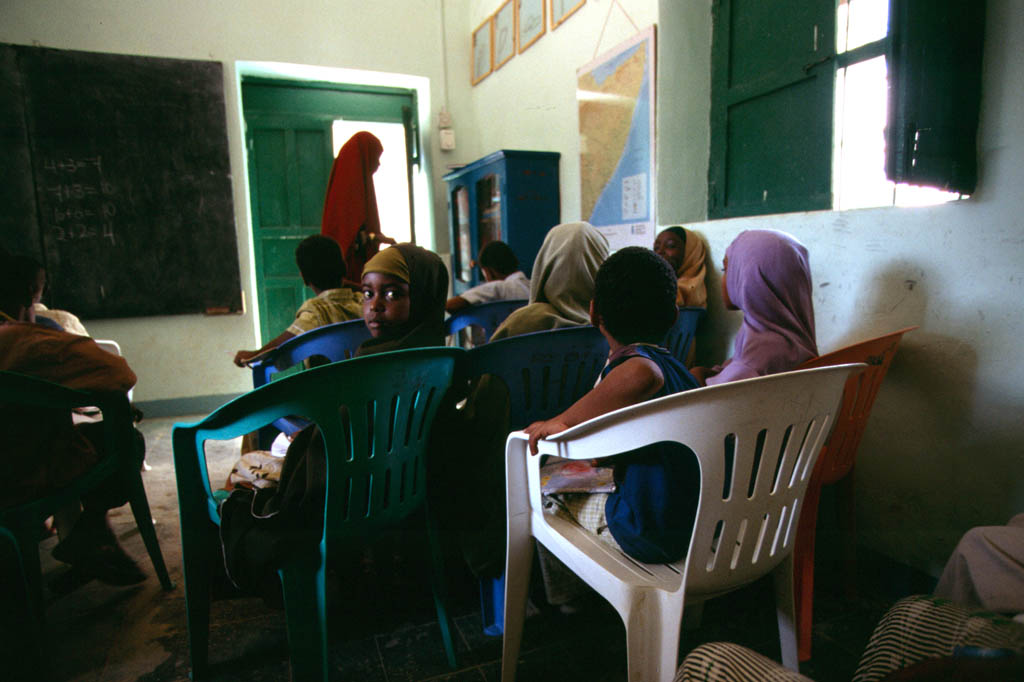This project aims to ensure that marginalized girls have the opportunity to obtain an education through school. The aim is to enable girls to support themselves and get out of the extreme poverty in which they live.
The project wants to intervene in the decrease of the school dropout rate that, without this intervention, would reach 69%.
It identifies as main beneficiaries 27,750 Somali girls between 6 and 19 years old, coming from rural areas or belonging to the IDPs (Internally Displaced Persons) category.
In particular, it is proposed to improve the living conditions and access to education of 10,000 girls in Somaliland, 10,000 in Puntland and 7,750 in Central and Southern Somalia. Particular attention is given to the most vulnerable girls, such as orphans or girls with disabilities.
Activities
In order to achieve the aim of this project it was necessary to carry out a series of different activities:
- Door-to-door visits in order to identify the most vulnerable and marginalized girls. Establishing a dialogue with them and other influential actors in society, such as elders belonging to the various clans and teachers.
- Dialogue with advocacy groups on women’s rights and the importance of psychosocial support
- Provision of a health kit to be able to more effectively provide for their menstrual hygiene, too often the cause of school dropout.
- Scholarships for the most deserving female students and teachers.
The main task of the GRT is to provide psychosocial support and training in all locations of implementation of the project itself. The Somali community, mothers and girls were also sensitized to the issue of education and the importance of their active participation in promoting it.
GRT provided training on psychosocial support to women’s club leaders, teachers and mentors in all three locations: Somaliland, Puntland and South Central Somalia.
Results
The main outcome of this project is the support given to Somali girls in being able to enroll in school and be able to continue their education. Support was given to the schools themselves so that they could create an environment conducive to female education.
Support was also provided to the Somali Ministry of Education to act as a leader in promoting girls’ education and monitoring gender equality in access to education.

